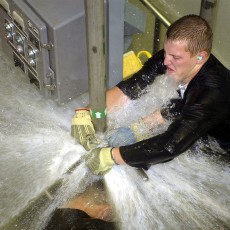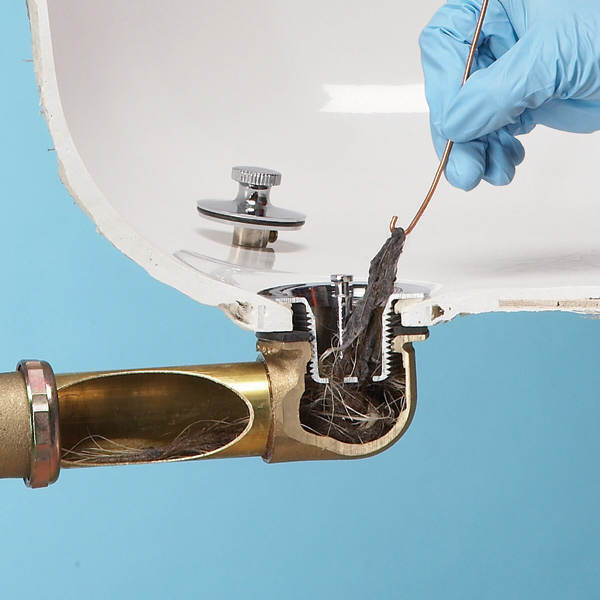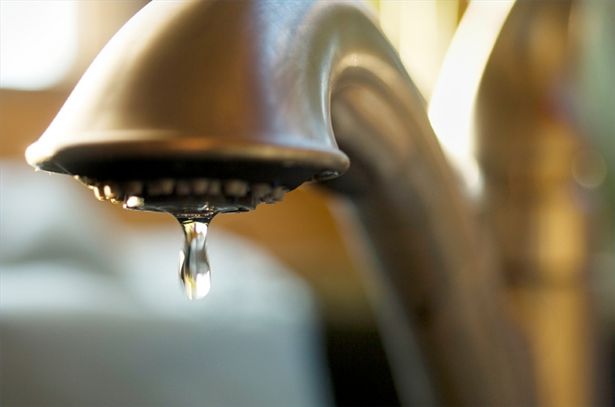Leaky pipes. The mere mention of this term is enough to give seizures to perfectly normal human beings. Maybe it’s the perfectly-timed, never-ending plink-plink-plink that makes you feel like your brain cells are popping one by one, or maybe it’s because you hate walking into a perpetually wet bathroom.
That’s not the only problem you might face, though. Uncooperative drains are a real pain, and if you’re really unlucky, a clogged toilet is always there to destroy your life. Perhaps the worst of them all is a health faucet on low pressure—we’re not going to go into the details of why that is a problem.
But you don’t need to frantically scour the internet trying to find a plumber (who often lands up exactly when you need to leave the house). Here’s how you can fix a few common plumbing issues without having to rely on a real-life Mario.
The Tools
This is the bare minimum you’ll require to tackle your plumbing problems –
- A wrench
- A flathead screwdriver
- Teflon tape
- A plumber’s snake
- A handful of washers
Now that your mini-arsenal of plumbing tools is ready, it’s time to get to work.
Leaking Taps
This is a walk in the park. First you need to turn off the water supply feeding the vexatious tap. With the help of your screwdriver remove any decorative parts. Loosen the screw that mounts the handle to the stem. Gently take the handle off and use the wrench to remove the packing nut. Depending on the faucet, the stem should either pop-off or twist right off the valve.
If all the parts seem to be intact up till now, the problem probably lies in the O-ring or the washer. If they look like they’re damaged, just replace them with new parts. You can get O-rings in a set with different sizes. Pick one of these up. It can be quite helpful in the long run and is worth the extra money you pay.
Clogged Drains
Using chemicals to unclog your drains isn’t a long term solution. While acids help in dissolving a number of things that usually clog your drains, larger, more resilient pieces of debris will eventually catch smaller particles and leave you back at square one in a few weeks. Plus, many drain-clearing solutions and powders usually contain substances which can damage your fittings.
Most clogged drains are a result of debris piling up at bends, usually right below the basin or sink. The first thing to do is to take a plunger (you can get these for cheap at any hardware store) and try to dislodge the blockage with it. A plunger will usually do the trick, but serious blocks will need to be physically pushed out or extricated from the drain pipe.
This is where your plumber’s snake comes in handy.
Remove the grill from the drain opening and fill the pipe with a little bit of water. Insert the snake into the opening and keep feeding it in until you hit an obstruction. Try pushing it further down the drain or move it back and forth to break the clump up. Once it feels like you’ve done enough damage to the intruder, use the plunger to dislodge the stubborn bits and send them on their way to the septic tank. And just in case the name wasn’t warning enough, be careful when you retrieve your snake—they’re known to pop back out and spray you with years of slimy drain innards.
Minor Leaks And Pressure Issues
Most of your minor leaks can be fixed with a layer of teflon tape and a sealing agent. If the problem persists, replace the part that’s giving you trouble. Just remember to turn off the water supply before you open any pipes or taps. You’ll be surprised how much you can fix with just a wrench and some teflon tape.
If you’re not getting enough pressure through your showers or taps, it’s most probably just a scaling issue or a problem with your washer. Open up your fittings and soak them in a descaling solution or just replace the old washer.
Have none of these tips helped in the slightest? Faced with a problem you truly can’t fix by yourself? Just log on to Quikr and find yourself a trusty plumber in your locality.





